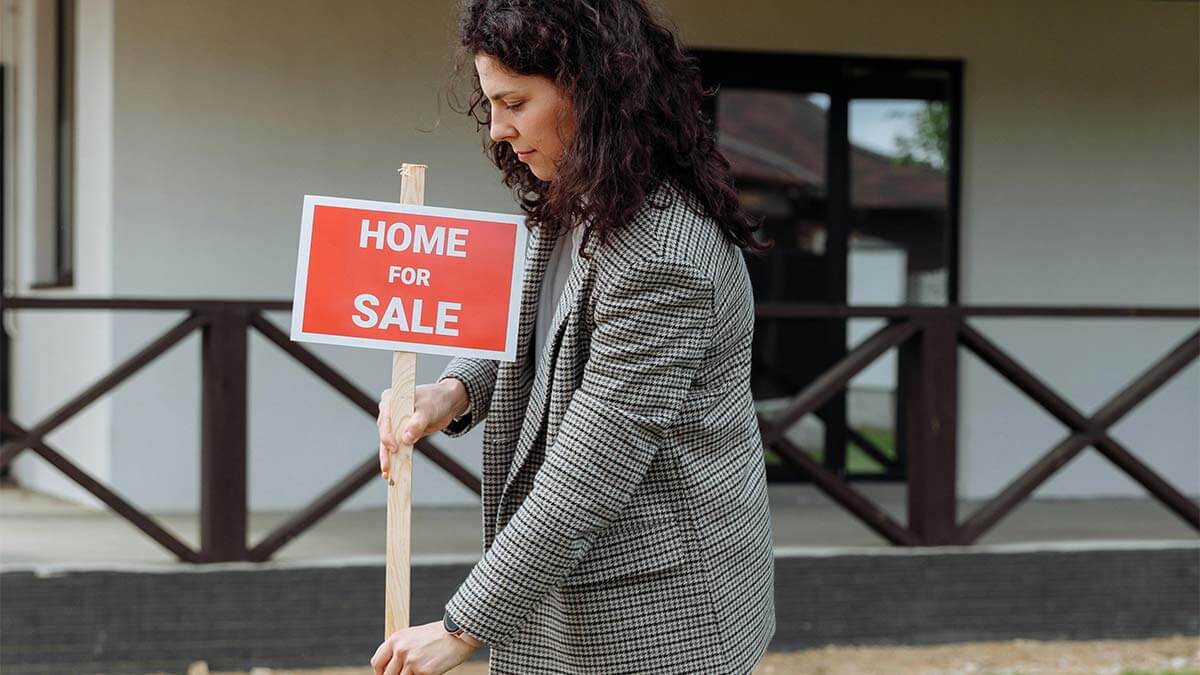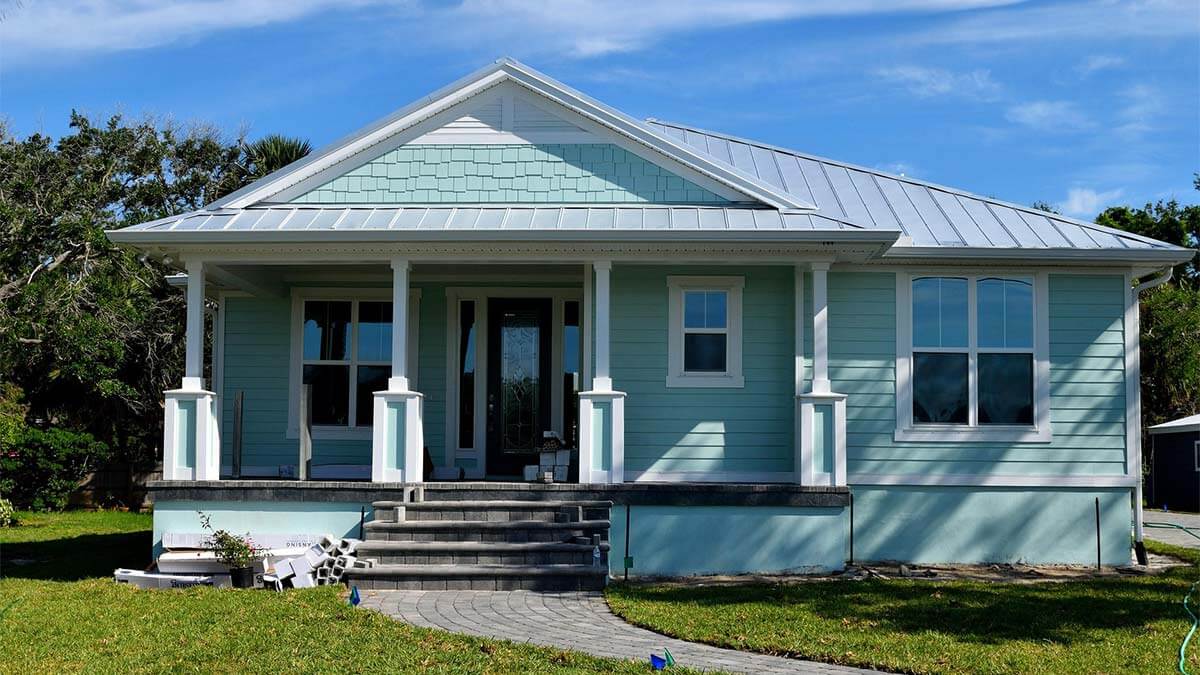Through the coronavirus pandemic, housing has been one of the few bright spots spearheading the economic recovery. Interest rates halted near 3% coupled with the population migration from urban cores to suburban outskirts as residents look for more space has lead to mortgage applications (indicative of housing demand) reaching all-time highs. Despite home values’ resiliency, lack of inventory has continued to constrain the industry as sellers have opted to postpone selling amid immense economic uncertainty.
Given this backdrop, none were largely affected by the changing tides of the single-family industry than iBuyers. iBuyers are tech-powered, at-scale single family acquirers that utilize high speed technology to allow buyers and sellers to virtually view and acquire homes anywhere in the nation, along with a convenient way to liquidate their homes at competitive market rate offerings. In the second quarter, sales by the leading iBuyer fell 88% compared to 2019 according to an analysis by Redfin. Redfin uses MLS activity and public records to identify the purchases and sales made by the most well-known iBuyers. The top iBuyers, including RedfinNow, Opendoor, Zillow and Offerpad, purchased only 880 homes during the quarter, down from 7,410, or down 0.6% market share, from the second quarter of 2019. Accounting for an estimated $195 million, a sharp decline from the $1.6 billion spent the same time last year.
Some of the most active markets iBuyers participates in has also felt the effects. In the second quarter, Phoenix saw the most significant slump in iBuyer market share, with iBuyers acquiring 0.8% of homes that sold there, down 3.3 percentage points from the second quarter of 2019. Additionally, in Houston iBuyers made up 0.2% of the market, down from 2.4% a year prior. A total of 40 homes were bought by iBuyers in Atlanta in the second quarter, down from 622 in the second quarter of 2019.
These significant drops result from a few key areas. Firstly, iBuyers paused home acquisitions in March as market uncertainty loomed over the industry. When iBuyers began acquiring again in March, they did so slowly before finally opening to all pre-covid market. Thus, it took a while for iBuyers to be confident enough to acquire at the levels they were at pre-covid. However, even if investing appetite has ramped up, the severe lack in inventory that continued to persist into the third quarter has made an environment where there weren’t enough adequate properties for iBuyers to acquire. It additionally may take a few more months before supply and demand meet equilibrium not just for iBuyers, but for the entire single family industry. Not to mention, a now seller’s market (where sellers have the upper hand in negotiations due to supply constrains) have been in positions to test multiple bidders and negotiate for higher selling values, which may in some instances priced out some would-be buyers as iBuyers have also proved to be conservative coming out of the acquisition hiatus. iBuyers bought homes for a median of $241,100 in the second quarter, down from $250,000 a year earlier. In all but one iBuyer market where sale price data is available, iBuyers purchased homes for less than the metro-area median. As iBuyers spent just $195 million buying homes in the second quarter, compared with $1.6 billion a year earlier.
The forward outlook on where opportunities will be looks hazy for the industry. It is unclear when acquisition volumes will reach pre-covid levels, and when it does, which iBuyers will have a strategy in place to amass greater market share in an environment where home prices are continuing to rise.
Compare Cash Offers from Top Home Buyers. Delivered by Your Local iBuyer Certified Specialist.
One Expert, Multiple Offers, No Obligation.




